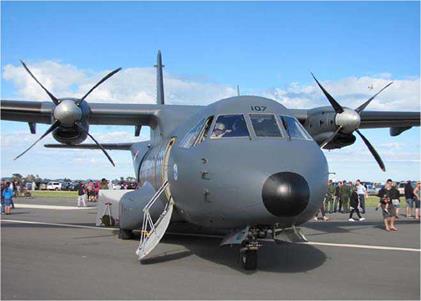Ground Feathering
When shutting down an engine in flight, the centrifugal force produced by the windmilling prop holds open a spring loaded ‘start lock’ allowing the blades to move through the coarse pitch stop into the feathered position. However, when shutting down the engine on the ground, the spring will override the decreasing centrifugal force and close the start locks as the prop speed decreases through 800 RPM on piston-engines, thus preventing the blades from feathering on shut down.
On aircraft with free-shaft turboprop engines, such as the P & W PT6A, the propellers always park in the feathered position as opposed to the propellers of a fixed-shaft turbine engine and on most piston-engines, which park in fine/flat pitch. The free-shaft turboprop does not have or need start locks; the blades will turn to the feathered position when the engine is shut down. During start-up, the starter has only to spool up the turbine/compressor. As the gas pressure builds up, the gas generator and prop will spool up in there own time. When the RPM builds up sufficiently, the prop will automatically move out of the feathered position into fine/flat pitch.
|
A CASA CN 235 transport parked with the props in the ground feathered position. |
The advantages of feathering on shut down are prolonged windmilling is avoided and the wind will not blow the prop around when the aircraft is parked, due to lack of compression to prevent it. This will reduce danger to personnel around the aircraft. A prop brake maybe installed (known as an arrested prop system) to stop the prop’s rotation when the engine is left running during a quick turn-around between trips.
On fixed-shaft turboprops, it is impossible to stop the prop rotating because the compressor/turbine is both mounted on the same shaft. Because the compressor/turbine and propeller all turn as one unit, the propeller is parked in fine/flat pitch to reduce prop drag on engine start-up. A pitch setting other than fine will cause excessive prop drag that would retard the engine acceleration to normal idle speed resulting in a hung start. To hold the prop blades in fine/flat pitch, centrifugal start locks are incorporated in the design. Part of the engine start sequence on some turboprops is to release the start locks by selecting reverse thrust with the power levers and then returning them to the fine/flat pitch setting.












